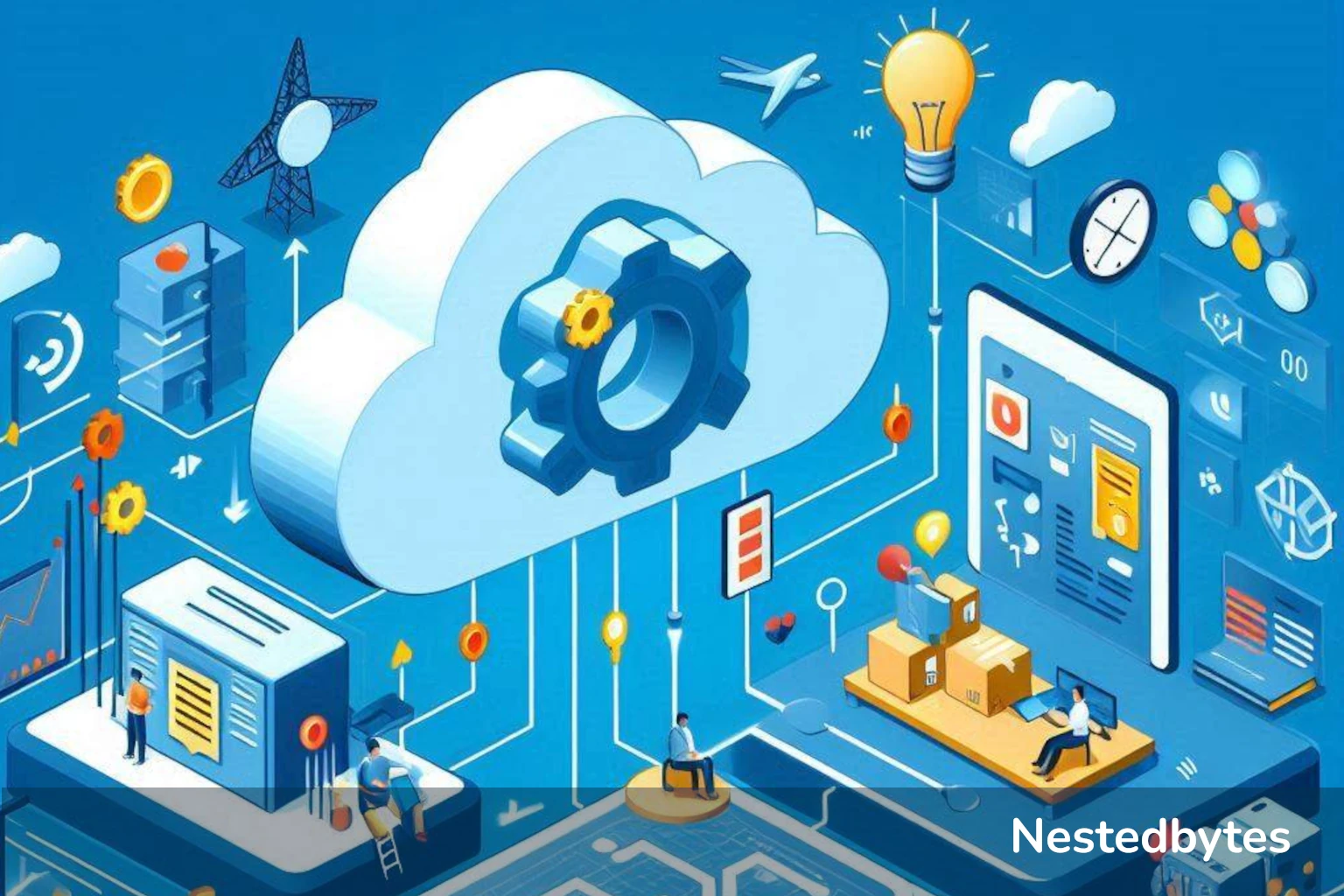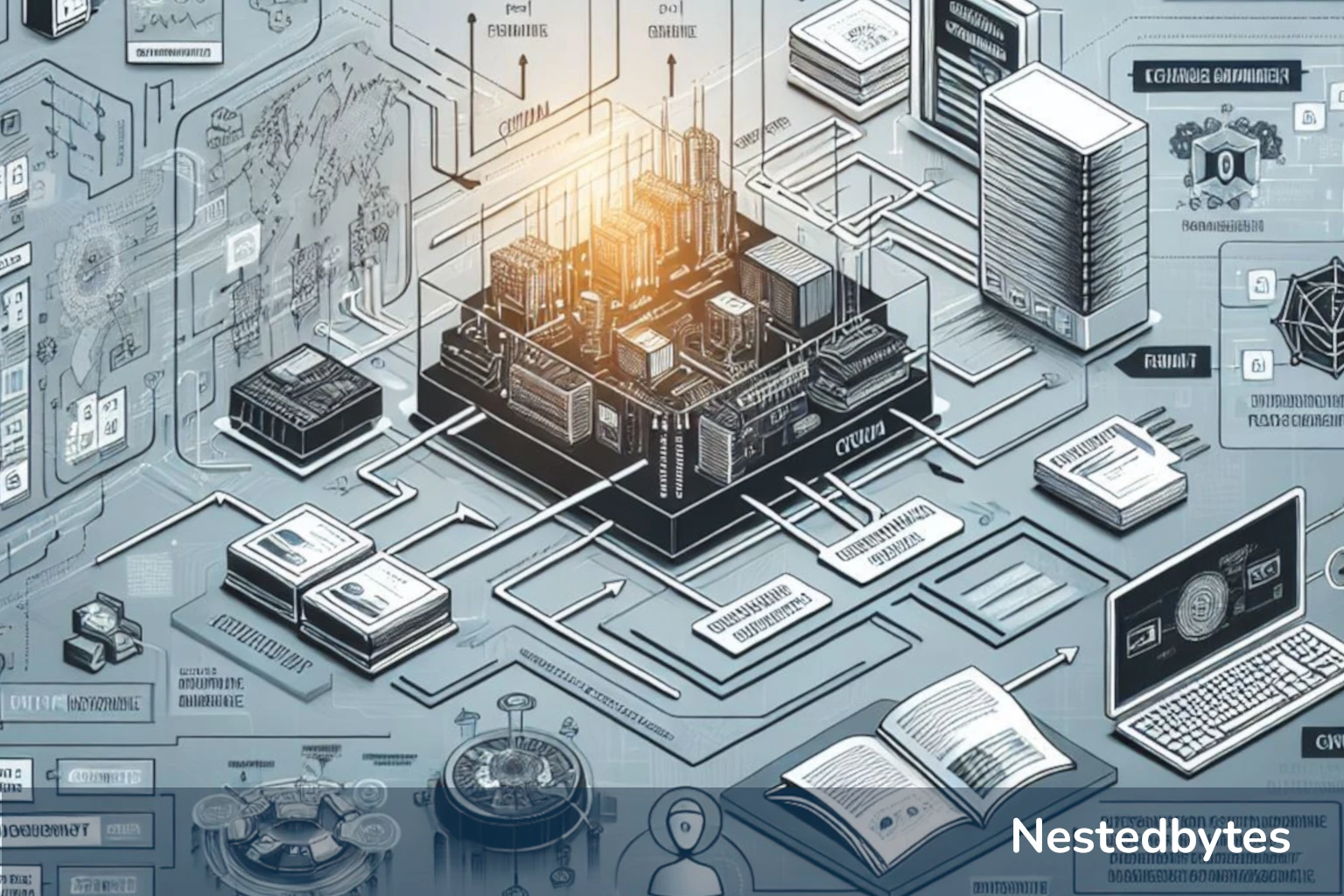
Transformational Journey: Migrating to Azure IoT Hub
Nestedbytes recently embarked on a transformative journey for a client, migrating from a custom Telemetry stack to an Azure IoT Hub-based stack. This complex process involved a deep understanding of the existing system, careful remapping of features, and significant upgrades in capabilities. The shift to Azure IoT Hub opened up new possibilities, offering advanced features, ease of maintenance, and unparalleled scalability. The end result is a more powerful, scalable, and easy-to-maintain connected product, demonstrating Nestedbytes’ commitment to delivering cutting-edge solutions. This article provides a detailed account of this transformative journey.
In the realm of connected products, Nestedbytes, recently undertook a significant transformation for one of its clients. The project involved migrating from a custom Telemetry stack to an Azure IoT Hub-based stack.
Understanding the Terrain: Pre-Study of the Existing Solution
The first step in this journey was akin to mapping out unfamiliar terrain before embarking on a hike. Nestedbytes’ team delved deep into the client’s existing Telemetry stack, studying its architecture, data flow, and supported features. This comprehensive understanding of the current system was crucial in planning the migration route.
Evaluating the Current Features
Once the terrain was mapped, Nestedbytes embarked on a thorough analysis of the set of features supported by the existing Telemetry stack. This included aspects like data collection, real-time processing, and device-to-cloud communication. Ensuring these features were supported in the new Azure IoT Hub-based stack was a critical part of the process.
Discovering New Possibilities with Azure IoT Hub: A Deep Dive
The shift to Azure IoT Hub was not just a change of platform for Nestedbytes, but a gateway to a world of new possibilities. Azure IoT Hub, with its advanced features and robust capabilities, offered a significant upgrade over the existing custom Telemetry stack.
One of the key steps in this migration was remapping all existing features to the Azure IoT Hub capabilities. This was a meticulous process, where each feature of the custom Telemetry stack was carefully analyzed and matched with an equivalent or superior feature in Azure IoT Hub. For instance, the bi-directional communication feature in Azure IoT Hub provided a more efficient and reliable way for devices to interact with the cloud compared to the existing system.
Azure IoT Hub also introduced the concept of ‘device twins’ for state management. This feature allowed Nestedbytes to maintain a virtual representation of each device’s state in the cloud, making it easier to monitor and control devices remotely. The ‘reported’ twin reflects the current state of the device, while the ‘desired’ twin represents the state we want the device to be in. This was a significant upgrade over the state management capabilities of the custom Telemetry stack.
Another powerful feature of Azure IoT Hub is the ‘direct methods’ for real-time device control. This feature enabled Nestedbytes to send instant commands to devices and receive immediate responses, enhancing the real-time control capabilities of the connected product.
But the benefits of Azure IoT Hub extend beyond its advanced features. One of the key advantages is the ease of maintenance. Unlike a custom Telemetry stack built on top of assembled technologies, Azure IoT Hub is a fully managed service. This means that all the underlying infrastructure, updates, and maintenance are handled by Microsoft, freeing up client’s team to focus on developing and improving the connected product.
Moreover, Azure IoT Hub offers unparalleled scalability. Whether the client needs to connect ten devices or ten million, Azure IoT Hub can scale to meet the demand. This scalability, combined with its robust features and ease of maintenance, makes Azure IoT Hub an ideal choice for any connected product.
In conclusion, the migration to Azure IoT Hub was a transformative process for Nestedbytes. It involved not just a change of platform, but a complete remapping of features and a significant upgrade in capabilities. The end result is a more powerful, scalable, and easy-to-maintain connected product that stands as a testament to Nestedbytes’ commitment to delivering cutting-edge solutions to its clients.
Crafting the Blueprint: Building the Migration Plan and Designing the IoT Agent
With a thorough understanding of the existing system and the new features at hand, Nestedbytes began crafting the migration plan. This stage was akin to creating a detailed blueprint for a new house, where every detail mattered. However, the blueprint for this project was not just about the physical aspects of the connected product, but also about the software that would drive it.
One of the key components of this plan was strategizing updates to the development and manufacturing processes. This involved designing the software architecture of the Linux embedded software to behave like an IoT Agent on the embedded system. An IoT Agent acts as a bridge between the device and the Azure IoT Hub, facilitating seamless communication.
The design of the IoT Agent was a critical aspect of the migration plan. It had to be robust, efficient, and capable of handling the advanced features of Azure IoT Hub. Nestedbytes’ team of expert software architects took on this challenge, designing an IoT Agent that could effectively translate the device’s data into a format that Azure IoT Hub could understand and vice versa.
In addition to the IoT Agent design, the migration plan also involved planning deployment strategies and generating X.509 certificates for secure device-to-cloud communication. The deployment strategy ensured a smooth transition from the old system to the new one, minimizing downtime and disruption. The X.509 certificates, on the other hand, provided a layer of security, ensuring that the data being transmitted between the device and the cloud was protected.
In conclusion, the crafting of the migration plan was a comprehensive process that involved not just strategizing updates to the physical aspects of the connected product, but also designing the software that would drive it. This meticulous planning ensured that the migration to Azure IoT Hub was not just a change of platform, but a complete transformation of the connected product, making it more powerful, efficient, and secure.
Empowering the Team: Training on Azure IoT Hub
The final step in this transformational journey was training the client’s team on the workings of Azure IoT Hub. This included understanding the format of Telemetry messages and the concept of ‘device twins’. The ‘reported’ twin reflects the current state of the device, while the ‘desired’ twin represents the state we want the device to be in. It was like teaching a new language - once mastered, it opened up a world of possibilities.
In conclusion, Nestedbytes’ journey of migrating from a custom Telemetry stack to Azure IoT Hub was a story of transformation. It involved meticulous planning, careful execution, and empowering the client’s team through training. The end result - a more robust, feature-rich connected product - stands as a testament to Nestedbytes’ commitment to delivering cutting-edge solutions to its clients.



